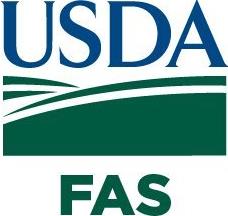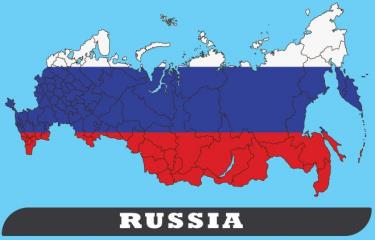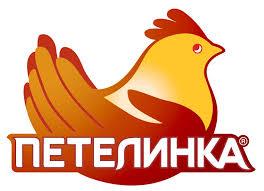 USDA-FAS Gain Report RS-2020-0042 released on September 21st documents the current situation in the broiler industry of the Russian Federation. Domestic production in 2020 will attain 4.715 million metric tons and will increase by 0.2 percent in 2021. Approximately 85 percent of all chicken is produced on commercial farms, 15 percent in small backyard flocks , and two percent on subsistence units.
USDA-FAS Gain Report RS-2020-0042 released on September 21st documents the current situation in the broiler industry of the Russian Federation. Domestic production in 2020 will attain 4.715 million metric tons and will increase by 0.2 percent in 2021. Approximately 85 percent of all chicken is produced on commercial farms, 15 percent in small backyard flocks , and two percent on subsistence units.
 Russia is essentially self-contained with a net export of 10,000 metric tons projected for 2021. The nation imports 210,000 metric tons of which 60 percent is shipped across the border from Belarus with 30 percent of the requirement supplied by Brazil. Russia exports 220,000 metric tons with China, the largest importer at 29 percent of volume, followed by the EU at 25 percent; Ukraine, 20 percent and Vietnam, 10 percent. Exports to China comprise 55 percent feet, cut wings at 34 percent and bone-in and offal,10 percent.
Russia is essentially self-contained with a net export of 10,000 metric tons projected for 2021. The nation imports 210,000 metric tons of which 60 percent is shipped across the border from Belarus with 30 percent of the requirement supplied by Brazil. Russia exports 220,000 metric tons with China, the largest importer at 29 percent of volume, followed by the EU at 25 percent; Ukraine, 20 percent and Vietnam, 10 percent. Exports to China comprise 55 percent feet, cut wings at 34 percent and bone-in and offal,10 percent.
It is estimated that domestic consumption will attain 4.715 metric tons in both 2020 and 2021. Assuming a population of 146 million, domestic consumption is 32.3 kg (71 pounds) per capita. Chicken represents 94 percent of total poultry meat, with turkeys at 5.8 and other species including geese and ducks comprising 0.2 percent.
 The broiler industry in Russia is an oligopoly with the top twenty companies representing 71 percent of production. The three largest comprise one third of output led by Cherkizovo at twelve percent, Resurs, ten percent and Piroskolie seven percent. The larger companies are fully integrated with grain production and soybean crushing contributing to marginal profitability. Smaller companies each with less than five percent of national production are in a loss situation with a number having filed for bankruptcy over the past six months.
The broiler industry in Russia is an oligopoly with the top twenty companies representing 71 percent of production. The three largest comprise one third of output led by Cherkizovo at twelve percent, Resurs, ten percent and Piroskolie seven percent. The larger companies are fully integrated with grain production and soybean crushing contributing to marginal profitability. Smaller companies each with less than five percent of national production are in a loss situation with a number having filed for bankruptcy over the past six months.
The broiler industry in the Russian Federation has been impacted by escalation in the cost of ingredients and a decline in the ruble relative to the U.S. dollar. Over the past year, the ruble has fallen by 15.5 percent in value against the dollar and in late September stood at RUB 7.7 to US$1. Domestic corn is $135 per short ton and soybean meal $333 per short ton, contributing to a feed cost in the region of $235 per ton. Feed escalated sharply from June 18th 2019 through June 20th 2020 from $188 per ton to $235 per ton.
Due to COVID-19 restrictions, there is extensive unemployment and the economy is based on international trade in oil and gas and other minerals with decreased international demand and hence lower value. Accordingly, at least 20 percent of the population live below the poverty line. USDA-FAS estimates that whole chicken retails at $8.30 per pound and leg quarters $10.00 per pound. Bone-in pork is almost double the price of chicken.